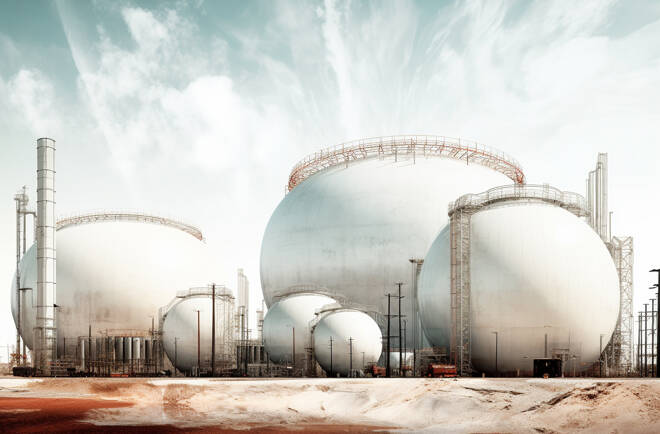Advertisement
Advertisement
Vietnam Emerges as a Major Player in Global LNG Landscape
By:
Vietnam's PDP8, backed by $15.5B from G7, makes it a rising LNG player, potentially affecting global gas prices across short to long-term horizons.
Highlights
- Vietnam’s PDP8 aims for LNG shift
- Immediate global LNG demand increase
- Long-term price impact expected
Overview
In my opinion, Vietnam is on the cusp of becoming a major player in the global Liquefied Natural Gas (LNG) market, with significant ramifications for natural gas prices across short, mid, and long-term horizons.
This belief stems from Vietnam’s recently approved eighth Power Development Plan (PDP8), which sets ambitious targets for bolstering wind and gas energy capacities.
According to Khanh Vu of the Thomas Reuters Foundation and Francesco Guarascio, an EU Affairs Reporter at Reuters, the plan will require a monumental $134.7 billion in funding, a portion of which is expected from foreign investments, including a $15.5 billion pledge from the G7 nations.
This strategic shift towards cleaner energy, backed by substantial financial commitments, underscores Vietnam’s emerging role as a new LNG importer.
Short-Term Impact
In the immediate term, Vietnam’s nascent focus on LNG suggests a notable increase in global demand. The country currently has no LNG imports but has produced about 9 GW of natural gas domestically. PDP8 anticipates that by 2030, LNG will form a significant portion of Vietnam’s energy matrix, a move that could push LNG prices upwards.
Mid-Term Outlook
By 2030, renewables like wind and solar are slated to cover nearly 31% of Vietnam’s energy needs. However, LNG will still make up a significant 24.8% of the total energy production. This persistent demand for LNG, coupled with hefty investments, is likely to sustain global LNG prices at elevated levels over the medium term.
Long-Term Projections
Looking further down the road towards 2050, Vietnam aims for carbon neutrality. Achieving this lofty goal will necessitate up to $658 billion, according to government estimates. Even as Vietnam heavily invests in renewables like wind power, LNG is expected to serve as a reliable, cleaner alternative to coal, thereby maintaining its critical role in global energy dynamics and keeping prices robust.
Conclusion
Vietnam’s ambitious energy plans, endorsed by substantial financial commitments from foreign investors, paint a compelling picture of its emerging importance in the global LNG market.
As Vietnam gears up to become a significant LNG importer, its growing demand is poised to be a key price driver, reinforcing the commodity’s pricing structure across various time frames.
About the Author
James Hyerczykauthor
James Hyerczyk is a U.S. based seasoned technical analyst and educator with over 40 years of experience in market analysis and trading, specializing in chart patterns and price movement. He is the author of two books on technical analysis and has a background in both futures and stock markets.
Advertisement
